Corporate dividends accounts (CDA) can be valuable tools in generating liquidity through tax-free savings, which can be done by using capital losses advantageously. This article will discuss advanced strategies for CDA planning, including crystallization of gains and losses and estate freezes, in addition to giving inside-advice from an accountant on the hard-to-foresee pitfalls of CDA planning.
Crystallization of unrealized capital gains and losses
In the ideal CDA planning scenario, the unrealized capital gains and losses of a corporation would be readily available for realization. However, even in scenarios where there may not be such availability, there are still ways to formulate a strategic CDA plan.
For example, let’s say a corporation has unrealized capital losses of $1,000,000, and carries $5,000,000 in another operational corporation, with nominal adjusted cost bases and paid-up capital. Even if the corporation decides to hold onto their shares (forgoing potential capital gains of $5,000,000), strategic planning can allow a portion of those unrealized gains to be internally realized, to maximize the CDA and the potential tax savings. Such strategies are commonly known as the crystallization of capital gains. Although not all assets can be crystallized — and the process can be costly and lengthy — it is worthwhile consulting with an experienced accountant to identify whether there is a potential to maximize your CDA using unrealized capital gains.
Advanced CDA planning
Strategy One: Securing Assets, Freezing Estates
If a shareholder wishes, they could use the cash funds from their CDA dividends to make a secured loan to the corporation. Most expert accounts would generally advise protecting assets wherever possible, and this is not unique to CDA planning.
Let’s say the shareholder has fixed value preferred shares, with low paid-up capital and a low adjusted cost base. If the shareholder redeems the shares, and the corporation treats the deemed dividends as CDA dividends. Provided the shareholder doesn’t hold common shares, then such a strategy would minimize the shareholder’s tax liability upon death, which could be in the order of hundreds of thousands of dollars. This is just one example of how an accountant can think outside the box to provide an effective advanced strategic CDA plan.
Strategy 2: Charitable donations
Given the current global pandemic, charities across the board are truly in their hour of need. Interestingly, charitable donations can form part of an advanced CDA strategy and can give rise to a unique set of tax results compared to the previous crystallization strategy on its own.
Let’s take the corporation from the previous example, imagining that they instead donate to charity a portion of their shares in another operating corporation alongside a crystallization strategy. This will allow a deduction equal to the value of the shares against any income earned from it. Gifting the shares to a charity does result in any taxes to the corporation or any non-capital loss carryforward. It also doesn’t affect the CDA balance, the cash paid out to the shareholder or the taxation of the shareholder. It does, however, result in a greater reduction in capital gain upon the death of the shareholder, a greater cost of shares in the other corporation and an increase in the value equity of the other corporation.
Potential pitfalls of Crystallization and Strategic CDA planning
In 2017, legislation was drafted that would render the aforementioned crystallization and strategic CDA plans to a surplus strip. The CRA and Canadian Department of Finance view surplus strip corporate distributions to be taxable as dividends. Such legislation would therefore mean that such strategies are not financially viable. Thankfully, the drafted legislation was not carried forward, and it appears the CRA generally does not pursue the taxation of such strategies owing to the general anti-avoidance rules.
The Department of Finance, on the other hand, generally considers surplus stripping to be an offensive practice. They may attempt to block crystallization and other strategic CDA planning in the future, so any CDA plans should take this risk into account. It should also be considered that strategic CDA planning can restrict future distributions. A final consideration is how the crystallization of assets affects their adjusted cost base, particularly if there is a possibility of future asset sales — the reason being that such strategies can lead to double taxation.
An expert accountant can help you to fully understand and navigate these complex issues, ensuring that your strategic CDA planning is as future-proof and as fool-proof as it can be. Even in scenarios where you may wish to rapidly access tax-free cash provided by a CDA, it is well worth consulting us to help you balance the multi-faceted considerations behind this process.
